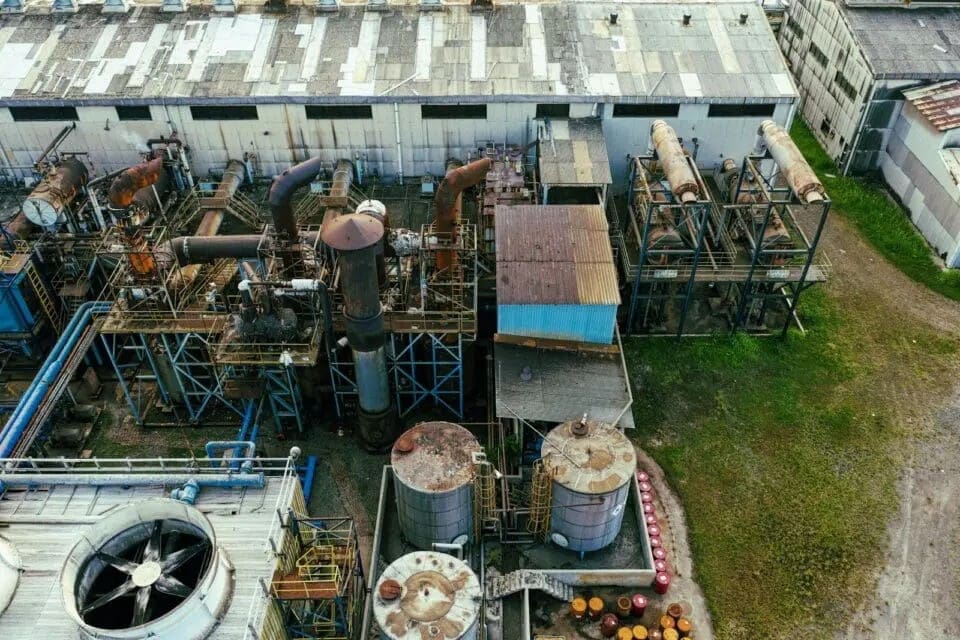The landscape of energy production is witnessing a transformative change, with oil refineries at the forefront of adopting modern approaches. These refineries strive to balance cost efficiency with environmental responsibility, exploring ways to reduce emissions such as sulfur dioxide. Innovations are not without their advantages and disadvantages, but the drive…
Oil and gas operations are commonly found in remote locations far from company headquarters. Now, it's possible to monitor pump operations, collate and analyze seismic data, and track employees around the world from almost anywhere. Whether employees are in the office or in the field, the internet and related applications enable a greater multidirectional flow of information – and control – than ever before.






